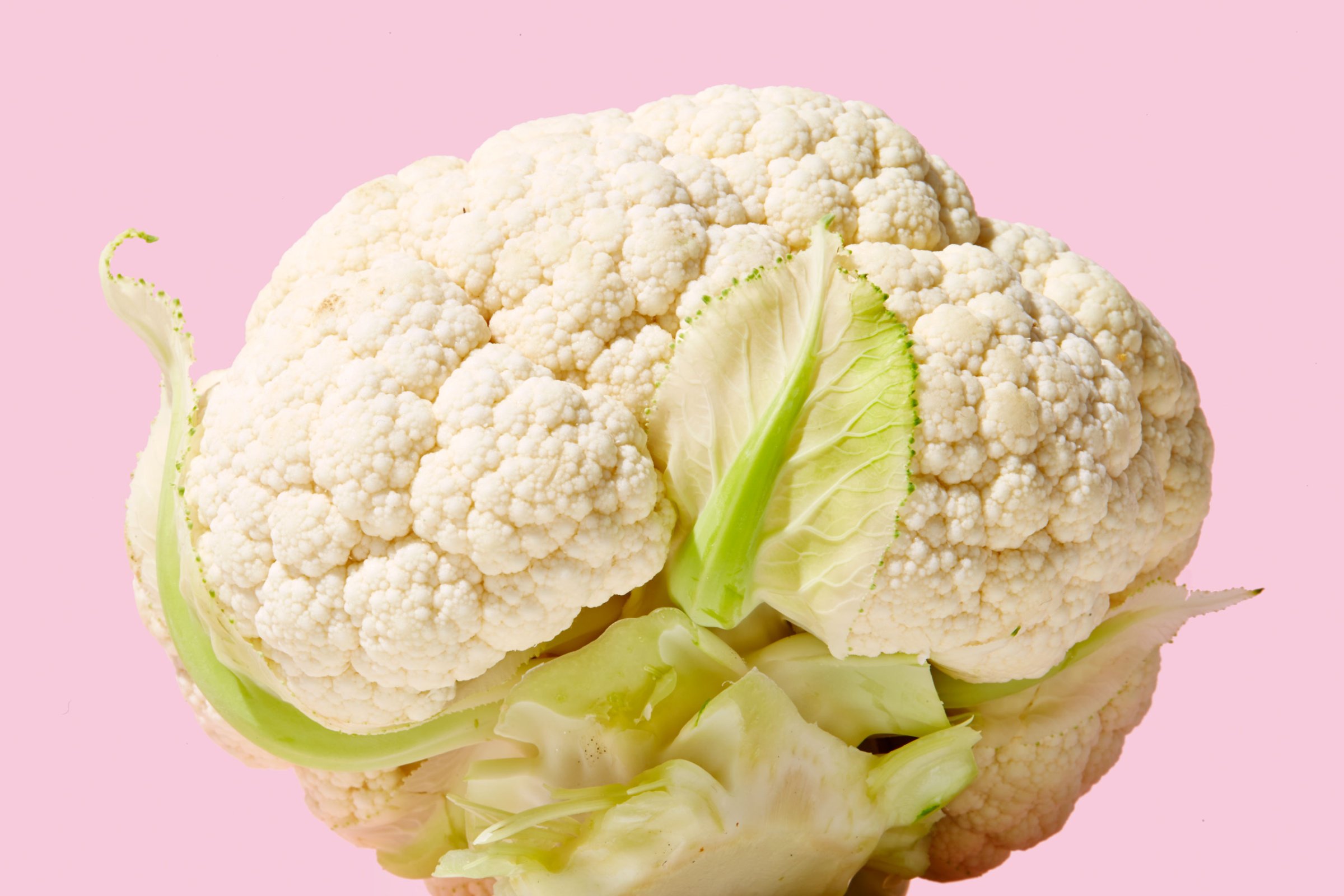
You know that eating too much—or too fast—can lead to the dreaded bloat. But what if you haven’t done either, and you’re still feeling puffy? In her new book, The Bloat Cure ($20; amazon.com), gastroenterologist Robynne Chutkan, MD, describes an A-to-Z list of possible triggers for a ballooning mid-section. Here, five sneaky culprits that could be behind your discomfort.
1. Artificial Sweeteners
As if you needed another reason to avoid artificial sweeteners, they may be causing your belly to bulge. These chemicals don’t get absorbed in the small intestine and end up in your colon, where they’re fermented by bacteria. The result: “lots of smelly gas,” as Dr. Chutkan puts it in her book. But when it comes to keeping gassiness at bay, regular sugar isn’t much better. “Too much sugar sends bad bacteria and other undesirables like yeast into a feeding frenzy, and can create an imbalance in the microbiome,” Dr. Chutkan says. She advises sticking to foods that have less than 5 grams of sugar per serving.
2. Cruciferous vegetables
Veggies like cabbage, cauliflower, kale, and broccoli contain potent cancer-fighting compounds. But they also have a starch called raffinose that’s tough for your body to digest; in your colon, it becomes methane gas. If you’re not used to eating cruciferous vegetables, Dr. Chutkan suggests starting with small servings, and gradually increasing your portions. Adding lemon juice can also help stimulate digestive enzymes.
Health.com: Bloated? 14 Yoga Poses for Better Digestion
3. NSAIDs
While nonsteroidal anti-inflammatory drugs can help ease joint pain, they do a number on your intestinal lining, and also cause fluid retention. “So in addition to feeling bloated, they can make you look puffy all over,” Dr. Chutkan writes in the book. As an alternative, you could try a pain reliever that doesn’t contain ibuprofen or aspirin. You might also consider mind-body techniques (like acupuncture and meditation), and adopting an anti-inflammatory diet, she suggests.
Health.com: 6 Iron-Rich Food Combos—No Meat Required
4. Soy
For those with lactose intolerance, soy milk may seem like a good swap. But be forewarned: Processed soy (which includes tofu) can cause serious puff. It has estrogen-like effects in the body, which contribute to bloating. Dr. Chutkan’s advice: Choose coconut milk, rice milk, hemp milk, or unsweetened almond milk instead of soy milk. And try to stay away from packaged foods that contain the common filler soy protein isolate.
Health.com: Which Non-Dairy Milk Is Right for You?
5. Sports drinks
Your favorite way to rehydrate after a workout could be making your belly swell, thanks to all the sugar and sweeteners in sports drinks. The best way to rehydrate and restore electrolytes: water and a banana, says Dr. Chutkan. Or drink unflavored coconut water. Craving something week? “Try sparkling water with a splash of pomegranate juice or lemonade,” she says.
More Must-Reads from TIME
- Cybersecurity Experts Are Sounding the Alarm on DOGE
- Meet the 2025 Women of the Year
- The Harsh Truth About Disability Inclusion
- Why Do More Young Adults Have Cancer?
- Colman Domingo Leads With Radical Love
- How to Get Better at Doing Things Alone
- Michelle Zauner Stares Down the Darkness
Contact us at letters@time.com